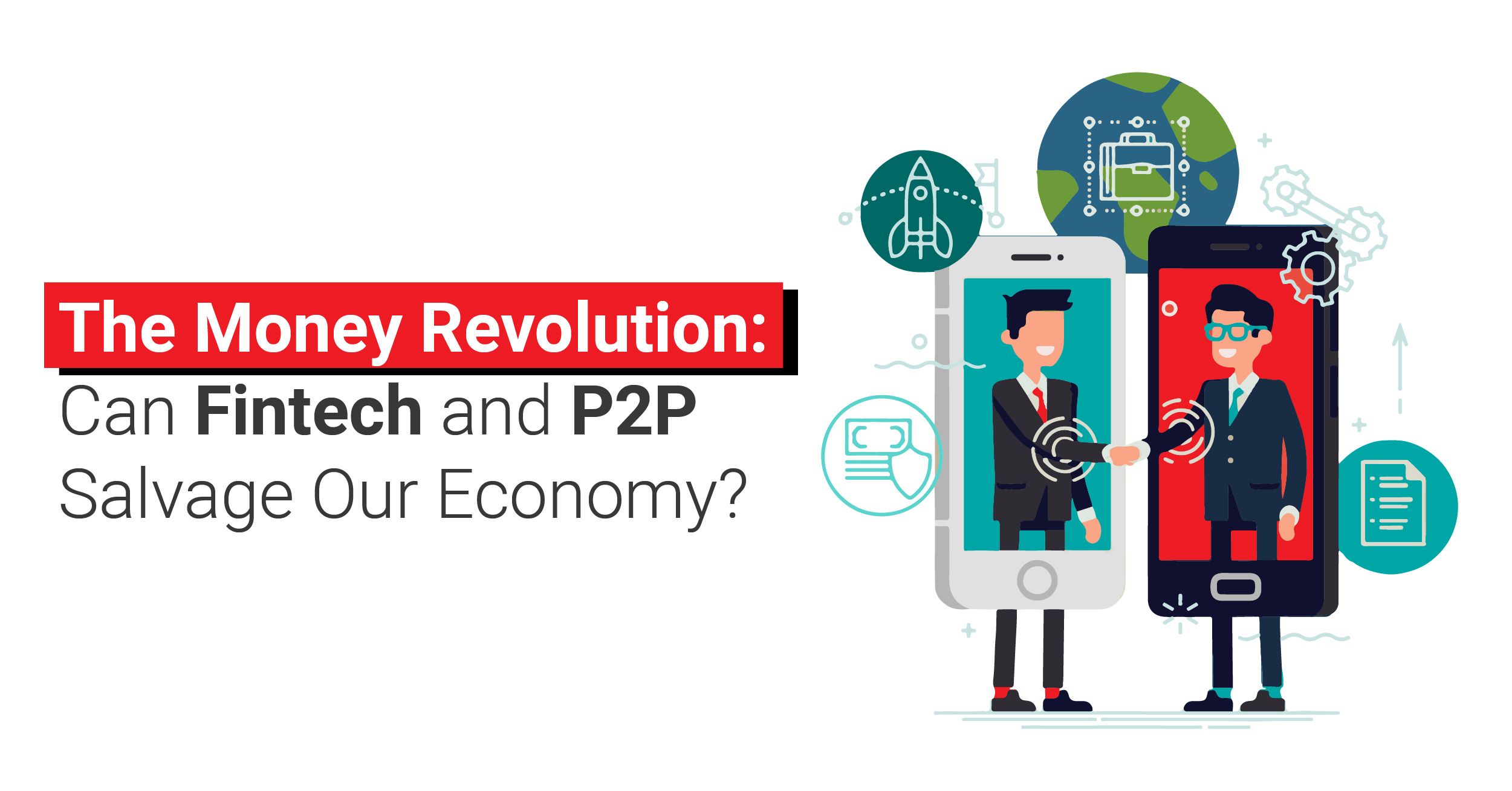
The Money Revolution: Can Fintech and P2P Salvage our Economy?
If, as many economists believe, the United States is currently seeing its sovereign debt bubble burst for the first time in over a century -- we need to figure out how to stabilize and revitalize a seriously flagging economy.
Post-pandemic, there is an even more urgent need to create employment and investment opportunities stateside. Systemically marginalized members of American society also desperately need help accessing capital, to raise themselves up.
Many financial experts argue that ethical peer-to-peer lending (P2P), combined with advanced finance technology (fintech) holds the answer we’re looking for.
Cloud computing, blockchain technology, natural language processing (NLP), and online bots do not only make banking and lending faster and more efficient but can also be used to help people who don’t have access to mainstream credit facilities get hold of money through loans.
How does peer-to-peer lending work?
Peer-to-peer (P2P) lending, (also known as social or crowd lending), is akin to a lending (rather than investing) version of an angel network.
It’s where individuals, rather than financial institutions (such as banks), loan one another money. By cutting out the costs associated with an institutionalized intermediary, both borrower and lender score. With a P2P network, there’s a far lower markup on financial services (in the form of higher interest rates and admin fees), especially when digital fintech applications broker and manage the lending process.
The result? Better returns on investment for creditors and lower interest for lenders.
Fintech and P2P: the perfect match
The beauty of P2P lending networks is that they create a huge online community, and can connect the right lenders and borrowers using advanced computing algorithms (sort of like a financial form of Tinder.) P2P networks that have gained massive ground and credibility in the US over the last few years include Prosper, Lending Club, Peerform, Upstart, and StreetShares, among others.
How P2P networks combat redlining
In the United States, traditional banks and other lending institutions have long been accused of the practice of “redlining.”
This refers to a discriminatory practice whereby banks, insurance companies, and other financial services companies reject credit applications from people who live in specific neighborhoods or geographical areas. Such neighborhoods are usually home to racial and ethnic minorities.
The implicit message? That people from certain cultural or racial groups are not “reliable” to lend money to. It is an exclusionary practice that severely marginalizes people based on race, culture, and class.
Digital redlining, in turn, is when these inequalities are perpetuated through the use of technology and digital content which only caters to a select audience.
P2P networks that apply clever fintech solutions are now helping such marginalized individuals gain access to credit and capital.
Newer P2P lending networks with heart
Newer socially-conscientize kids on the P2P block, eager to help those marginalized by traditional lending institutions include:
Fundera: helps connect the right lenders with the right borrowers
OnDeck: small business loans for those denied by traditional banks
Wealthfront: affordable investment advice and financial portfolio management
Lenda: home loans via digital app
These tech startups make social upliftment a conscious part of their financial mandate, helping people from racial and ethnic minorities build better lives for themselves, purchase homes, or start businesses.
If this trend continues, we may well be able to start rebuilding the US economy from the ground up, helping those at grassroots level to prosper and thrive.
Read more on developments combining fintech and P2P lending here.